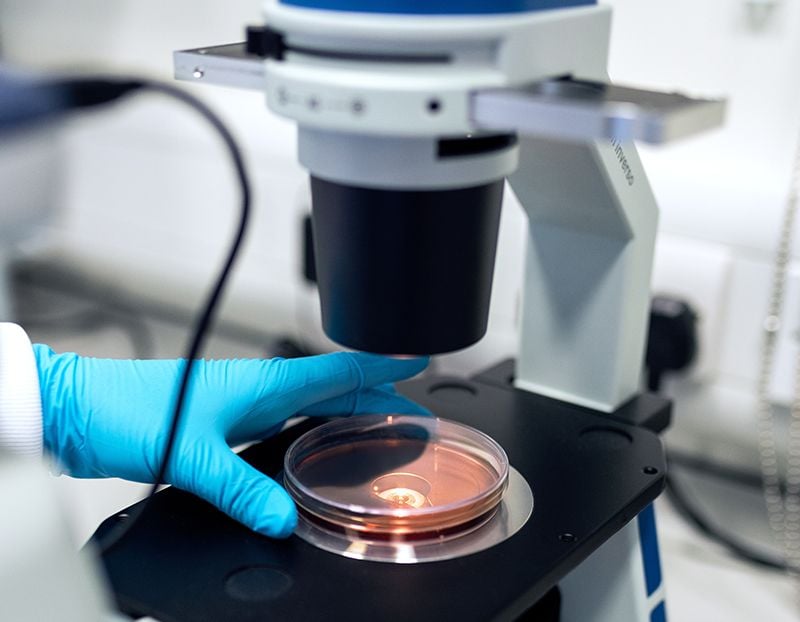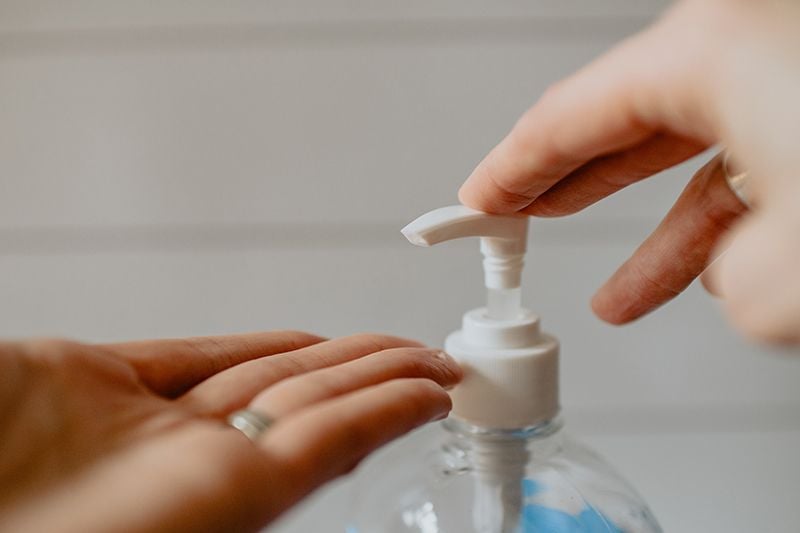Key takeaways: As restrictions begin to ease on reopening businesses and returning to the workplace, organizations must be prepared to mitigate the risks for their workers. Read more about the following:
- Microbial Exposure and Spread
- Safe Workplace Return Considerations
- Workplace Infection Control Plans
- Employee Health Habits and PPE
- On-Site Temperature Scanning
- Regional Resources and Requirements
As states, provinces and federal governments begin to ease restrictions on reopening businesses and returning to the workplace, organizations must be prepared to mitigate the risks for their workers.
Microbial Exposure and Spread
According to Daniel Rosenthal, R.N., C.C.H.C., instructor with the OSHA Education Training Center at the University of Texas at Arlington and president of Workplace Nurses LLC, a microbe is a living organism requiring magnification to be seen. Most microbes are benign but can become a problem when they enter the body. Microbes can include bacteria, viruses, fungus, yeast, molds and protists.
In the webcast “Microbial Exposures in the Workplace” recently presented to ISNetworld contractor customers, Rosenthal reviewed the means of transmission of these microbes and preventative methods to mitigate the potential negative impact on an organization.

Coronaviruses are a large family of viruses that usually cause mild to moderate upper-respiratory tract illnesses, like the common cold. According to the National Institute of Allergy and Infectious Diseases, three times in the 21st century, coronavirus outbreaks have spread from animals and caused severe disease and global transmission concerns for humans.
- SARS coronavirus (SARS-CoV) in 2002 caused severe acute respiratory syndrome (SARS).
- Middle East respiratory syndrome (MERS) transmitted from camels in 2012.
- SARS-CoV-2 causes coronavirus disease 2019 (COVID-19), which emerged in December 2019.
According to the Centers for Disease Control and Prevention (CDC), COVID-19 can spread through respiratory droplets produced when an infected person coughs or sneezes. These droplets can land in the mouths or noses of people who are nearby or possibly be inhaled into the lungs.
Symptoms of COVID-19 may appear in as few as 2 days or as many as 14 days after exposure, and carriers can infect others whether or not they have begun to display symptoms.
When considering who is most susceptible to infection, Rosenthal says some of the key factors include age, nutritional status, stress and current health factors like pre-existing diseases, hereditary traits or ongoing medical therapies.
Safe Workplace Return Considerations
Approach your plan for returning to the workplace based on data and preparedness rather than a specific date. Make a plan and ensure preparations are in place to ensure employee safety.
Establish a Workplace Infection Control Plan
Creating and implementing an effective workplace infection control plan requires assembling, evaluating and acting on your observations with ownership and support from management, employees, customers and clients alike. According to Rosenthal, this type of plan typically has 5 specific steps:
- Elimination – Removing identifiable hazards
- Substitution – Substitute steps, processes or products that create a hazard
- Engineering – Designing work to eliminate or minimize hazards to workers
- Administrative/Work Practice Controls – Thorough policy to define how jobs are performed and steps to be taken.
- Personal Protective Equipment – Last line of defense to cover any hazardous conditions not addressed by previous steps.
Staffing
As you prepare to bring employees back into the workplace, consider which employees should return first. Develop a multi-phase approach based on location and hierarchy of controls, and ensure critical personnel are already in place.
Consider developing daily health checks and screenings.

Environment
Clean, disinfect and sterilize equipment and tools frequently and consistently. Consistency is key in the cleaning schedule and of cleaning products used. Air circulation can increase fresh air flow for indoor operations, and MERV-rated filters may trap airborne viruses depending on their rating. Consider how you can reduce employee contact and interaction with surfaces by utilizing things like hands-free door openers to access restrooms and high-traffic areas.
Outline floors with safe distance markers to encourage social distancing and space between employees. Have good role models within your organization following and commending the behaviors of those who are following regulations.
Employee Health Habits and PPE
Establish and maintain a respiratory protection program and workplace infection control plan
The World Health Organization (WHO) lists a number of items individuals can do to help limit the spread of COVID-19 after returning to the workplace.
- Regularly and thoroughly clean your hands with an alcohol-based hand rub or wash them with soap and water.
- Maintain at least 1 meter (3 feet) distance between yourself and others.
- Avoid touching your eyes, nose and mouth.
- Cover your mouth and nose with your bent elbow or tissue when you cough or sneeze. Then dispose of the used tissue immediately and wash your hands.

Personal protective equipment (PPE) can be useful in helping break the chain of infection and could already be a requirement at your workplace. In the U.S., OSHA outlines General Requirements – 1910.132.138, which outlines employers’ responsibilities and guidelines for PPE. Ensure your employees know the proper sequence for putting on and removing PPE. Review guidelines from the CDC with your staff.
On-Site Temperature Scanning
You may want to add a temperature screening process upon returning to the workplace. The medical industry and the CDC recognize temperatures between 100.3° and 100.4° Fahrenheit or 38° Celsius as the baseline for a fever.
Consider your number of locations and the resources required to implement testing. You’ll likely need multiple temperature guns with replacement batteries readily available.
Consider how different conditions will affect testing. If weather considerations will affect temperature readings in cold environments, have a backup plan such as tents.
Communicate the organization’s expectations with contractors and employees. You may need to provide continuous reminders about updated processes and policies. And you may encounter resistance to changing processes.
- Who will be affected – contractors, employees and vendors?
- Will you be scanning temperatures upon arrival and re-entry?
- If there are multiple points of entry, will there be testing at each gate?
Review Regional Resources and Requirements
- OSHA Enforcement Memos
- OSHA’s Guidance on Preparing Workplaces for COVID-19
- FDA N95 Respirators and Surgical Masks (Face Masks)
- FDA & COVID-19
- Candian Centre for Occupational Health and Safety
- Safe Work Australia
- Worksafe New Zealand
Let ISN Help
ISN is dedicated to supporting our customers in these trying times. If you’re a Hiring Client subscriber, contact your account representative for more information on available resources to help you return to the workplace and manage microbial exposure. Your contact can also discuss accessing our subscriber community, which is facilitating discussions on back to workplace best practices in your industry.
For contractor / supplier customers, our Customer Service Team remains available 24 hours a day during the business week to assist with ISNetworld. Visit our Contact Us page for ways to connect with us.
If you’re interested in learning how ISN can help you streamline your contractor management programs and provide communication tools, request a demo of our contractor management platform, ISNetworld.

